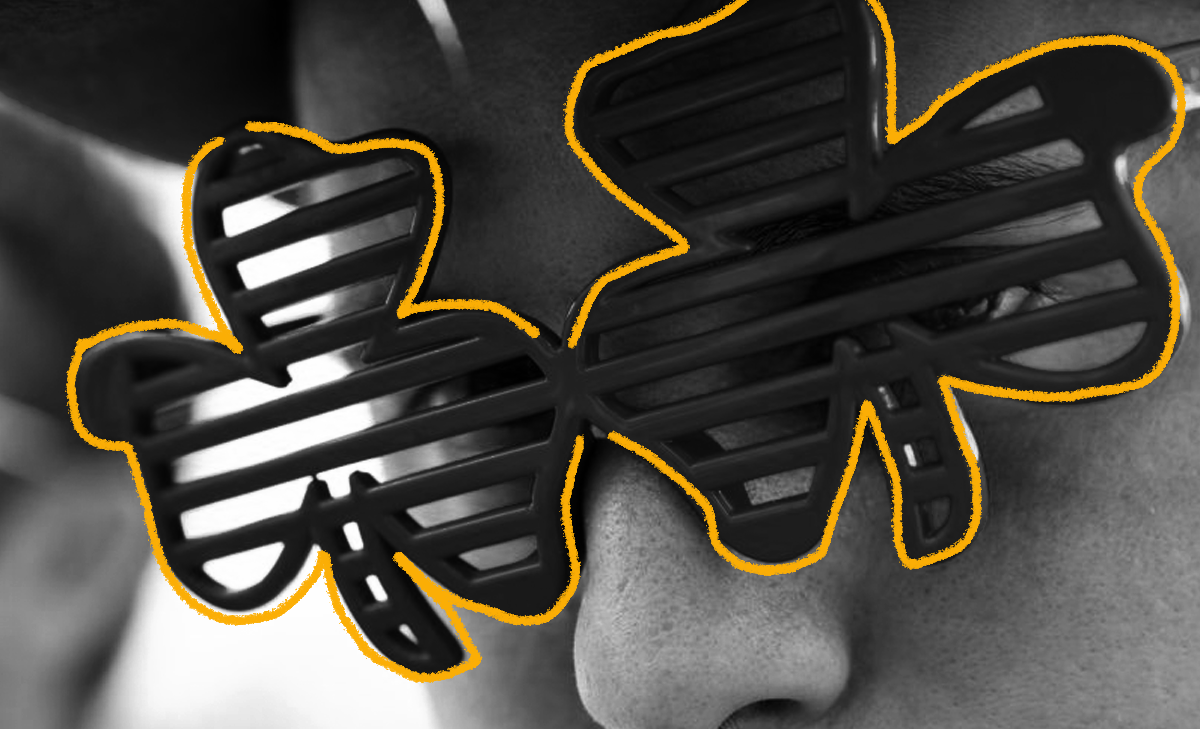As St. Patrick’s Day approaches, shamrocks are everywhere. But did you know that shamrocks don’t technically exist? Botanists have been trying to tie the shamrock to a plant species since the term “shamrock” was first used in plays and poetry all the way back in the 1500s. So far, they haven’t achieved any unanimous success. It’s assumed that the shamrock is a type of clover, but wood sorrel and other such greenery have also been labelled as “shamrocks” over the years. Various studies and surveys have even been conducted to try to ascertain what the one true shamrock really is. While there’s still no consensus, the yellow clover (T. dubium) is often pointed to as the best option. Still, why is the shamrock so important, and why is it so heavily associated with St. Patrick’s Day in particular? Well, legend has it that St. Patrick himself used a shamrock to demonstrate the concept of the Holy Trinity (the Father, the Son, and the Holy Spirit). The shamrock itself is also very firmly entrenched in Irish history and has served as a symbol of Ireland for centuries.

Your go-to guide for weird history facts
Subscribe to the FREE daily email that makes learning about history fun.


